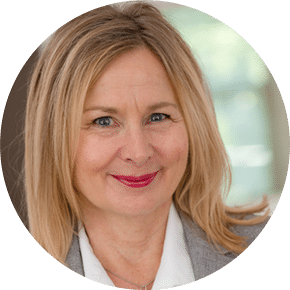About Ballard
Ballard is a neighborhood in northwestern Seattle, Washington, U.S. The City of Seattle's official boundaries for Ballard are that it is bounded to the north by Crown Hill, (N.W. 85th Street); to the east by Greenwood, Phinney Ridge and Fremont (along 3rd Avenue N.W.); to the south by the Lake Washington Ship Canal; and to the west by Puget Sound's Shilshole Bay. Other neighborhood or district boundaries existed in the past, and other boundaries are recognized by various Seattle City Departments, commercial or social organizations, and other Federal, State, and local government agencies.
Ballard's landmarks include the Ballard Locks, the Nordic Museum, the Shilshole Bay Marina, and Golden Gardens Park. The neighborhood's main thoroughfares running north-south are Seaview, 32nd, 24th, Leary, 15th, and 8th Avenues N.W.; East-west traffic is carried by N.W. Leary Way and N.W. 85th, 80th, 65th, and Market Streets (east- and westbound). The Ballard Bridge carries 15th Avenue over Salmon Bay to the Interbay neighborhood, and the Salmon Bay Bridge carries the BNSF Railway tracks across the bay, west of the Ballard Locks.
Ballard is entirely within Seattle City Council District 6, which also includes all of the neighborhoods Crown Hill, Green Lake, and Phinney Ridge, as well as most of Fremont, North Beach/Blue Ridge, and Wallingford. Ballard is part of the Seattle Public Schools, and the Washington State Legislature's 36th legislative district. At the Federal level, Ballard is part of the United States House of Representatives's 7th congressional district.
*Source: Wikipedia.org
Read More ▾The Commute
Travel Methods
To City CenterBallard Sales Data
Percentage change from latest quarter vs same time period previous year
Data compiled using 2nd quarter 2018 data vs. same period from 2017
Median Sales Price
MEDIAN SALES PRICE

Demographics
- Filter by:
- Population
- Income
- Education
- Market Rents
Population by Age Level. Median Age 39.78. Households: 20,528.
In Thousand of Dollars. (Median Income: $82,906)
Population by Education Level
Fair Market Rents
Ballard Schools & Education
Public & Private Institutions Of Learning
Education is provided by public, private and home schools. State governments set overall educational standards, often mandate standardized tests for K–12 public school systems and supervise, usually through a board of regents, state colleges, and universities. Funding comes from the state, local, and federal government. Private schools are generally free to determine their own curriculum and staffing policies, with voluntary accreditation available through independent regional accreditation authorities, although some state regulation can apply.
Where To Drink, Dine, Shop, Relax & Recline





































































































 By submitting information, I am providing my express written consent to be contacted by representatives of this website through a live agent, artificial or prerecorded voice, and automated SMS text at my residential or cellular number, dialed manually or by autodialer, by email, and mail.
By submitting information, I am providing my express written consent to be contacted by representatives of this website through a live agent, artificial or prerecorded voice, and automated SMS text at my residential or cellular number, dialed manually or by autodialer, by email, and mail.

